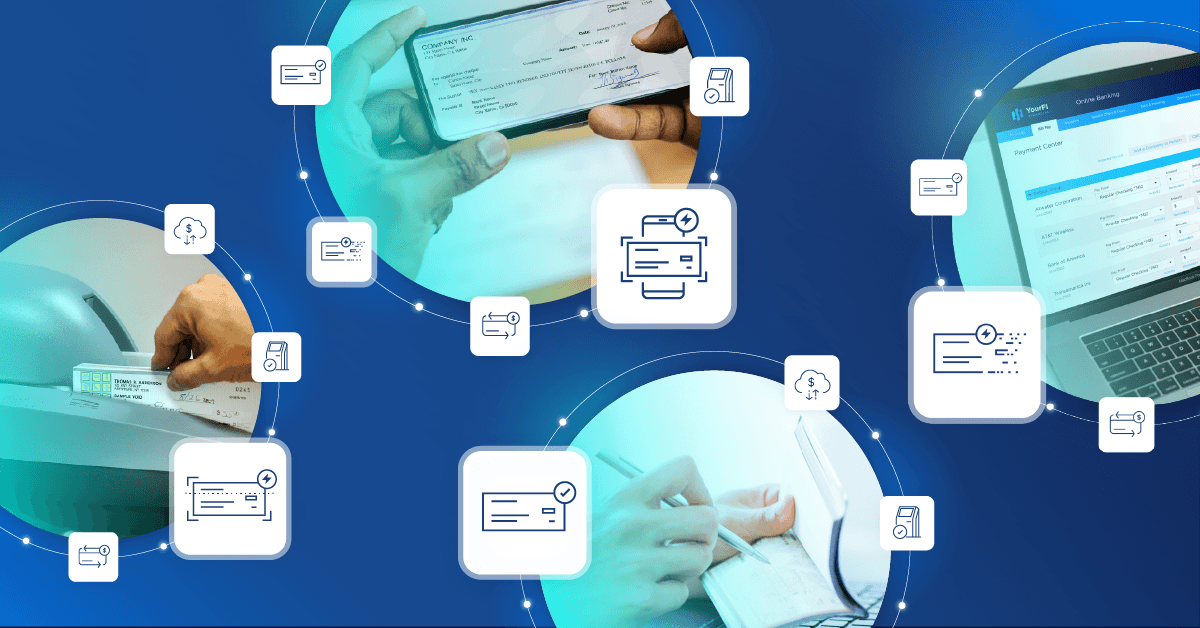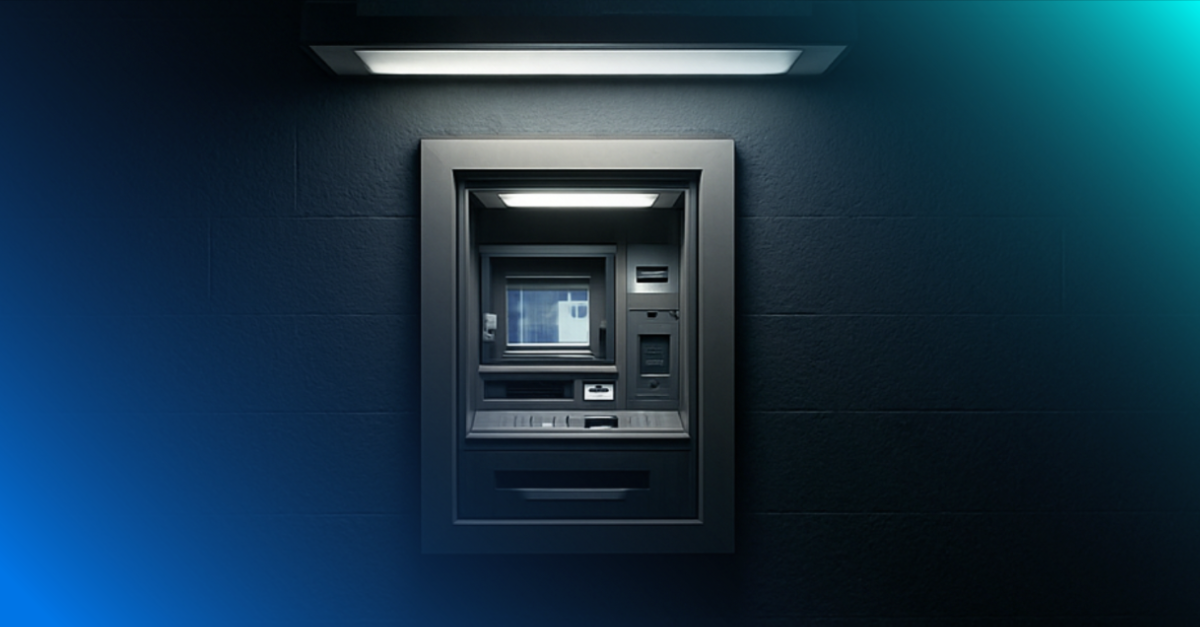Understanding Gen Z Banking Preferences: What Financial Institutions Can Do to Stay Relevant
With Gen Z gaining financial independence, banks and credit unions face a generational inflection point. These digital natives—born between 1996 and...
3 min read

When it comes to managing incoming payments, businesses have more options than ever before. From traditional lockbox services that handle paper checks, to electronic lockbox solutions that streamline online banking bill payments, and remote lockbox systems that let you capture check payments at your office or in the field—the right choice can make a big difference in cash flow, efficiency, and customer experience.
But what exactly is the difference between traditional, electronic, and remote lockbox services? And which one is the best fit for your organization? In this article, we’ll break down how each lockbox solution works, their pros and cons, and how companies like CheckAlt are helping financial institutions and businesses modernize their receivables process.
A lockbox service is a payment processing solution that helps streamline accounts receivable by accelerating cash application and reducing manual check processing. When using a lockbox service, a business directs customer payments to a secure P.O. box or electronic channel managed by a third-party provider, often a bank or a fintech partner. Instead of businesses handling check deposits or remittances themselves, the provider processes incoming payments quickly and securely, helping businesses gain faster access to funds and reduce operational overhead.
Lockbox services have evolved significantly over the years, moving from paper-based check processing to fully digital workflows that enable faster, safer, and more accurate payment management.
Traditional lockbox services remain one of the best options for businesses that receive a large volume of paper checks in the mail—such as municipalities, utilities, and property management companies.
Electronic lockbox services are ideal for businesses that want to accelerate receivables, reduce dependency on the postal system, and maintain a fully digital payments environment.
Remote Lockbox: Digitizing Check Payments From Anywhere
Remote lockbox solutions are best for organizations that receive a steady stream of checks but want the flexibility to capture and process payments in-house or in the field—without relying on mail delivery or third-party couriers.
The table below breaks down the different types of lockbox services, with key features of each.
CheckAlt is a leader in payment management, delivering a complete receivables solution that seamlessly processes both paper and digital payments. Our lockbox offerings include:
When comparing the different types of lockbox services, many businesses discover that a hybrid approach—including traditional lockbox, electronic lockbox, and/or remote lockbox options—offers the most flexibility. With CheckAlt’s comprehensive lockbox offerings, you can choose one lockbox service or all of them for the solution to fit your unique needs.
Get in touch with us today and discover how we can help you choose the lockbox solutions that are right for your business. While you’re at it, be sure to follow us on LinkedIn and subscribe to CheckAlt Connect, our monthly email newsletter, to keep on top of the latest in payments.

With Gen Z gaining financial independence, banks and credit unions face a generational inflection point. These digital natives—born between 1996 and...

ATM jackpotting is a threat to banks and credit unions in the United States. Here’s an updated guide on the risks and defenses for financial...

Commercial checks aren’t disappearing—but they are transforming. As digital payments become dominant, the role of checks is shrinking, shifting, and...